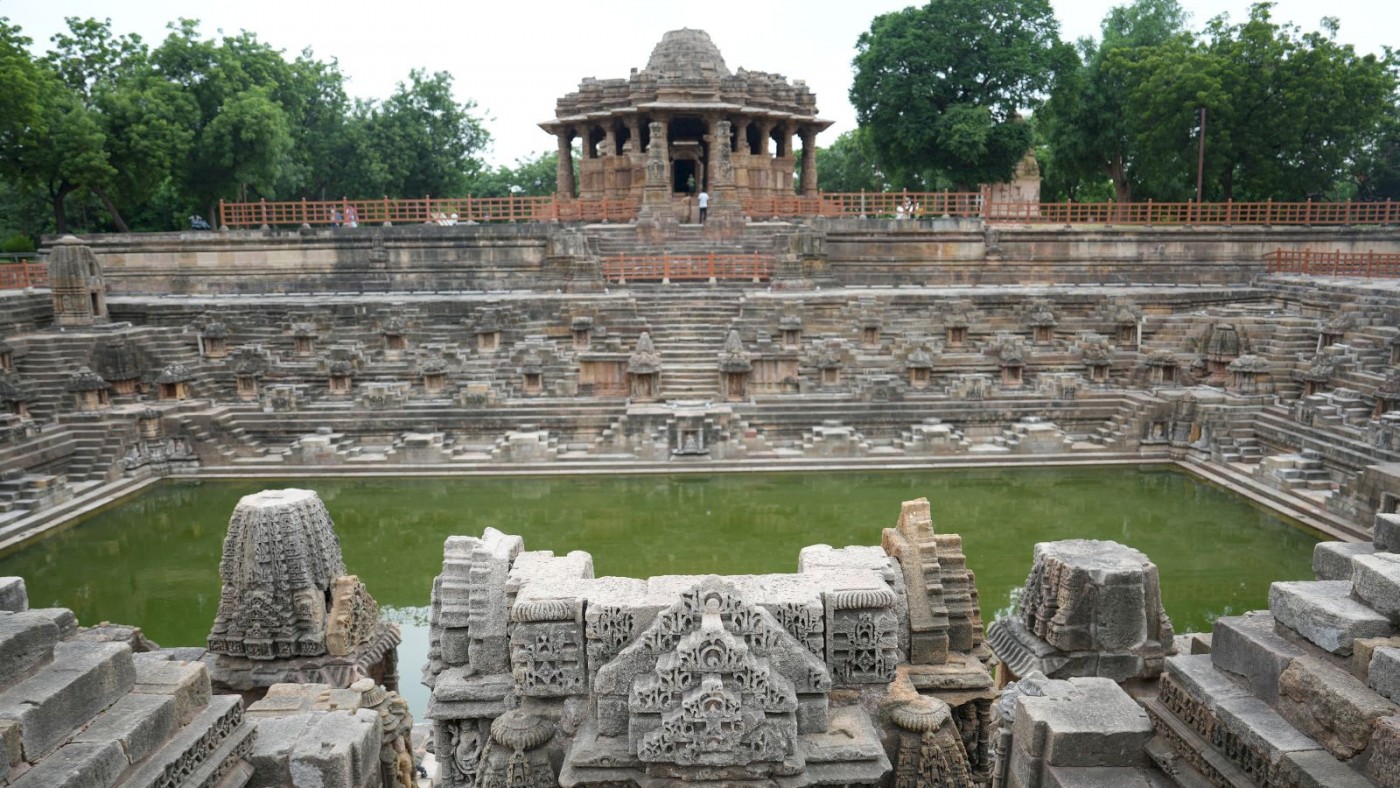
Bangladesh, a country with a rich heritage, is facing the risk of deterioration in this heritage due to frequent political changes in the country, which impacts the heritage sites, and further pushes the environmentally marginalised communities to the fringes. This situation is not unique to Bangladesh but is a global issue. Various factors such as the acceleration of globalisation, rise in migration, diversification of tourism, erosion of cultural diversity, climate change, and pressures emanating from development are major contributors to the loss of heritage, including cultural heritage.
Cultural heritage is multi-layered, showcasing the interconnectedness of tangible and intangible heritage. It blends both natural and manmade elements, as exemplified by sacrificial sites in Rajasthan. Culturally diverse regions boast of various tribes with distinctive practices deeply rooted in their heritage. Despite their social and cultural differences, these tribes share a bond forged by their common heritage issues.
This discourse was part of a workshop on ‘Redefining Tangible and Intangible Cultural Heritage: Exploring Global Perspectives and Practices and their Lessons for India,’ hosted by the Centre for Heritage Management (CHM) at Ahmedabad University, in collaboration with Jadavpur University, Kolkata, and the University of Liverpool.
Cultural Heritage and the Identity Crisis
Experts on culture and heritage suggest that people preserve and promote cultural heritage through their everyday choices, such as wearing a saree in a unique style that represents their community. In this way, the simple act of choosing what to wear highlights the significance of small decisions in shaping cultural identity. Heritage encompasses both passive elements, which we discuss in theory, and active ones, which impact the real world, with each choice contributing to the preservation of cultural heritage.
Memory also plays a vital role in all forms of heritage, as social memory is entangled with the processes that define communities and their individual identities. Traditions and practices are passed down through generations, and it is this memory that keeps heritage alive. It is thus crucial to preserve heritage for ensuring the survival of cultural diversity and strengthening a sense of identity among different communities.
Folklore: A Case Study
Folklore and traditions also need to be preserved for maintaining cultural identity, as seen, for example, in the Karma ritual dance of the central and eastern India and other tribal traditions battling for survival. Folklore, once viewed as a static entity, is now constantly evolving, adapting to contemporary challenges, and contesting the colonial legacy that often categorised and preserved it in rigid forms. This evolution has led to linkages to broader cultural heritage issues. For instance, during COVID-19, Patachitra artists moved online, teaching people worldwide how to make natural colours, thereby illustrating the importance of educating students and others on preserving traditional knowledge.
The shift in perceptions of folklore has challenged the traditional approach of capturing and naming cultural elements, reflecting academia's obsession with control and ownership, which restricts folklore's natural evolution. In preserving and managing folklore, it is hence imperative to involve local communities in the maintenance of their cultural identity and rights, thus helping them to deal with modern challenges like climate change and tourism.
Contemporising Cultural Heritage
Tourism too plays a vital role in supporting heritage. It is thus equally important to share ownership of tourism in their respective areas with local communities and address the power dynamics between institutions and communities.
Cultural heritage is the foundation and driving force in archaeological work, as it enables people contribute to sustainable development by promoting a sense of community, providing collective therapy for trauma, and fostering resilience and well-being. However, research on indigenous cultures often overlooks their worldviews, instead favouring the conceptualisation of universal frameworks. The UNESCO Hangzhou Declaration states that cultural heritage has been absent from development discourse, thereby necessitating urgent measures to integrate indigenous knowledge systems into archaeological and heritage-based studies to create a new ethical space.
Concerns about the inclusion of local communities and their cultural heritage can be resolved through the adoption of interdisciplinary approaches that combine history, culture, economics, and community engagement, ensuring the sustainability of heritage management practices. These were some of the key issues raised during the workshop.